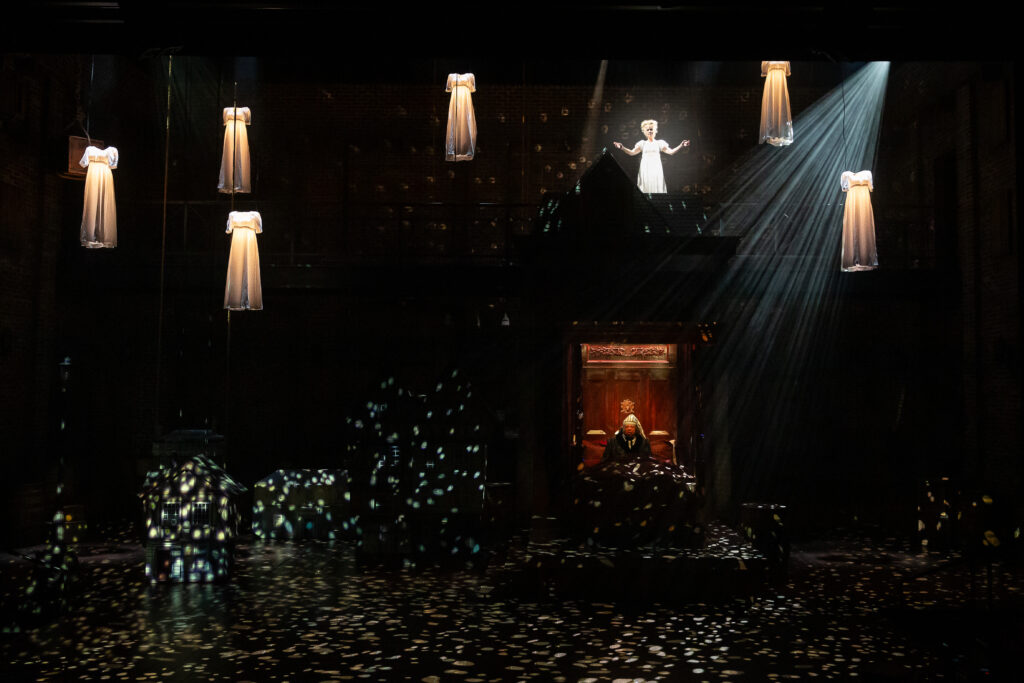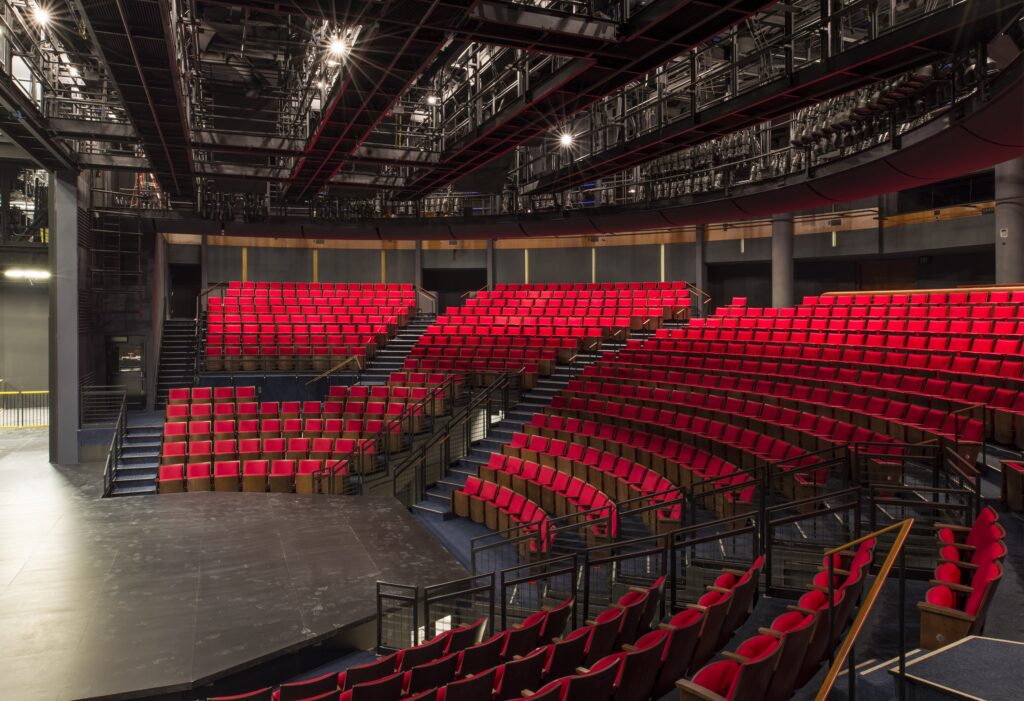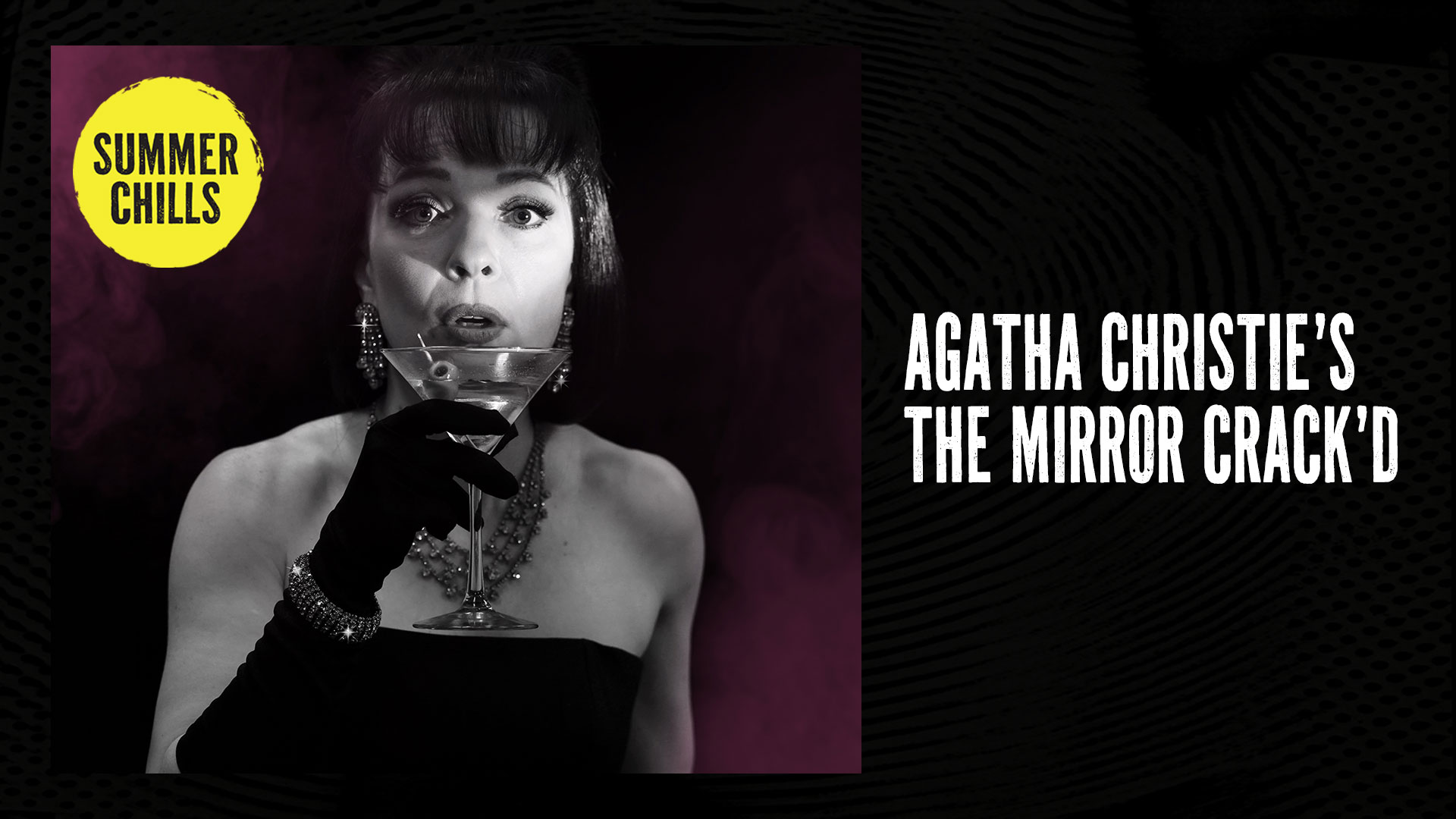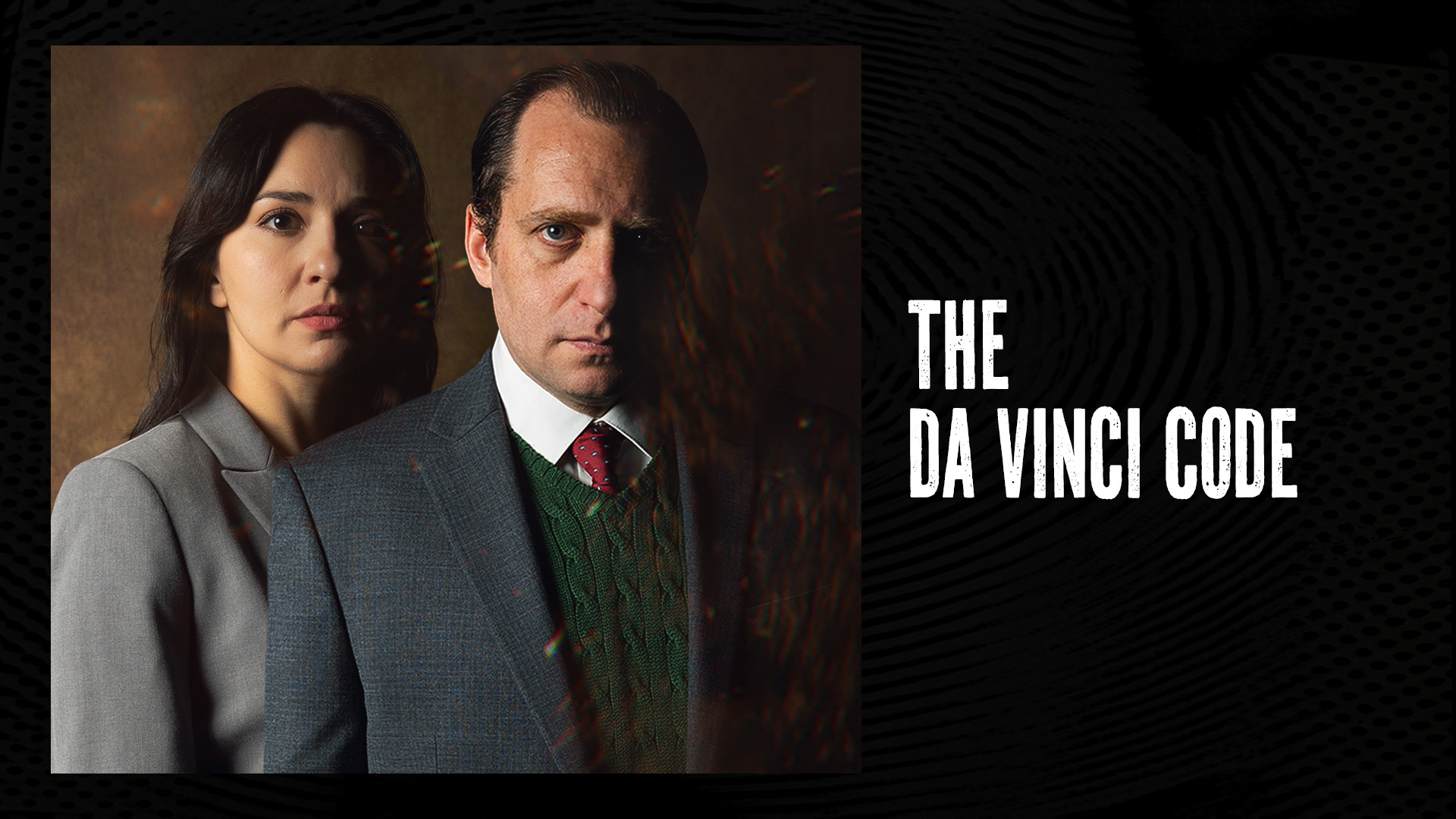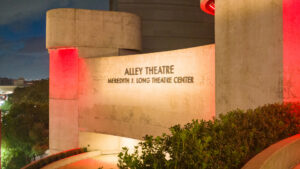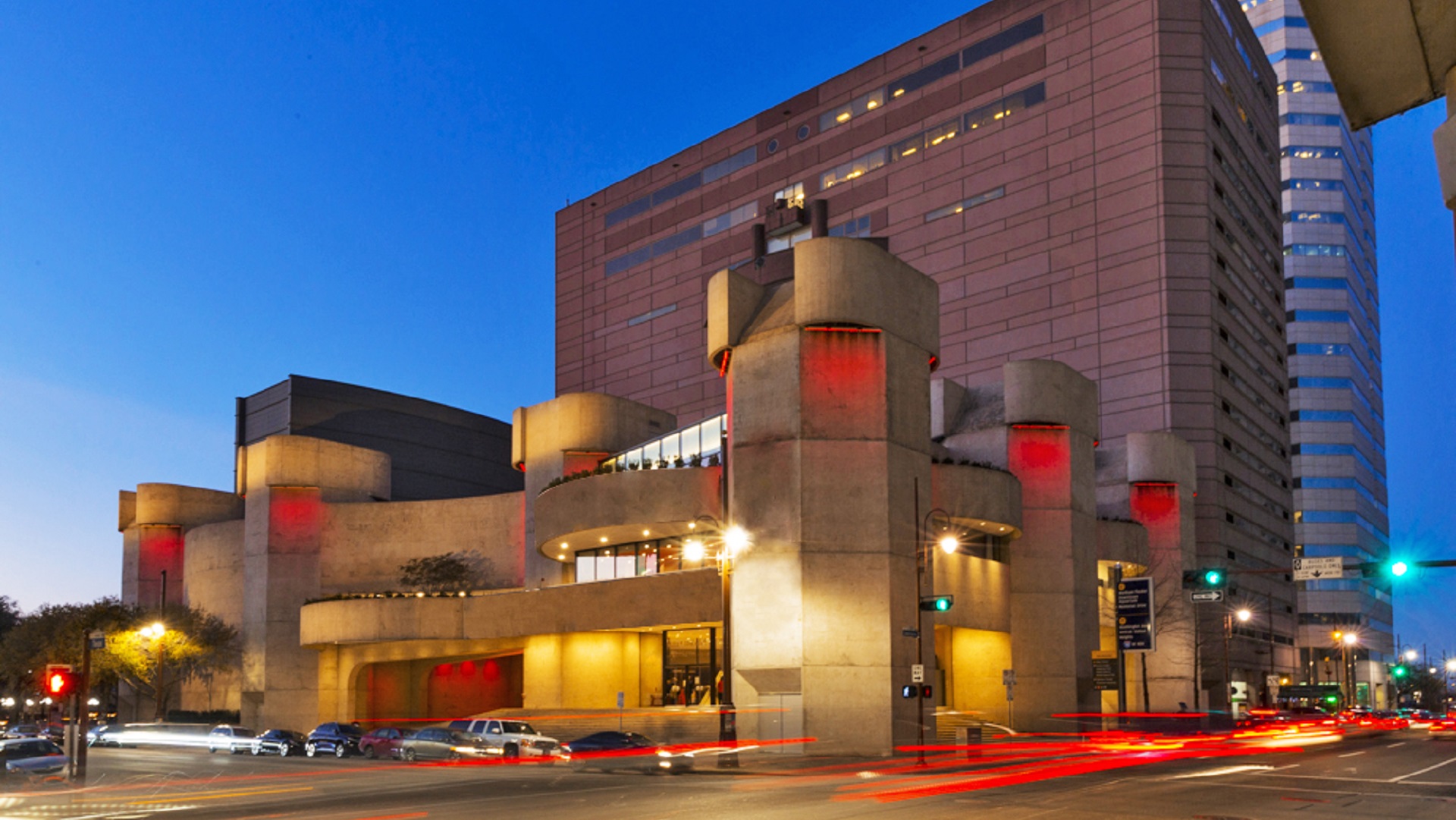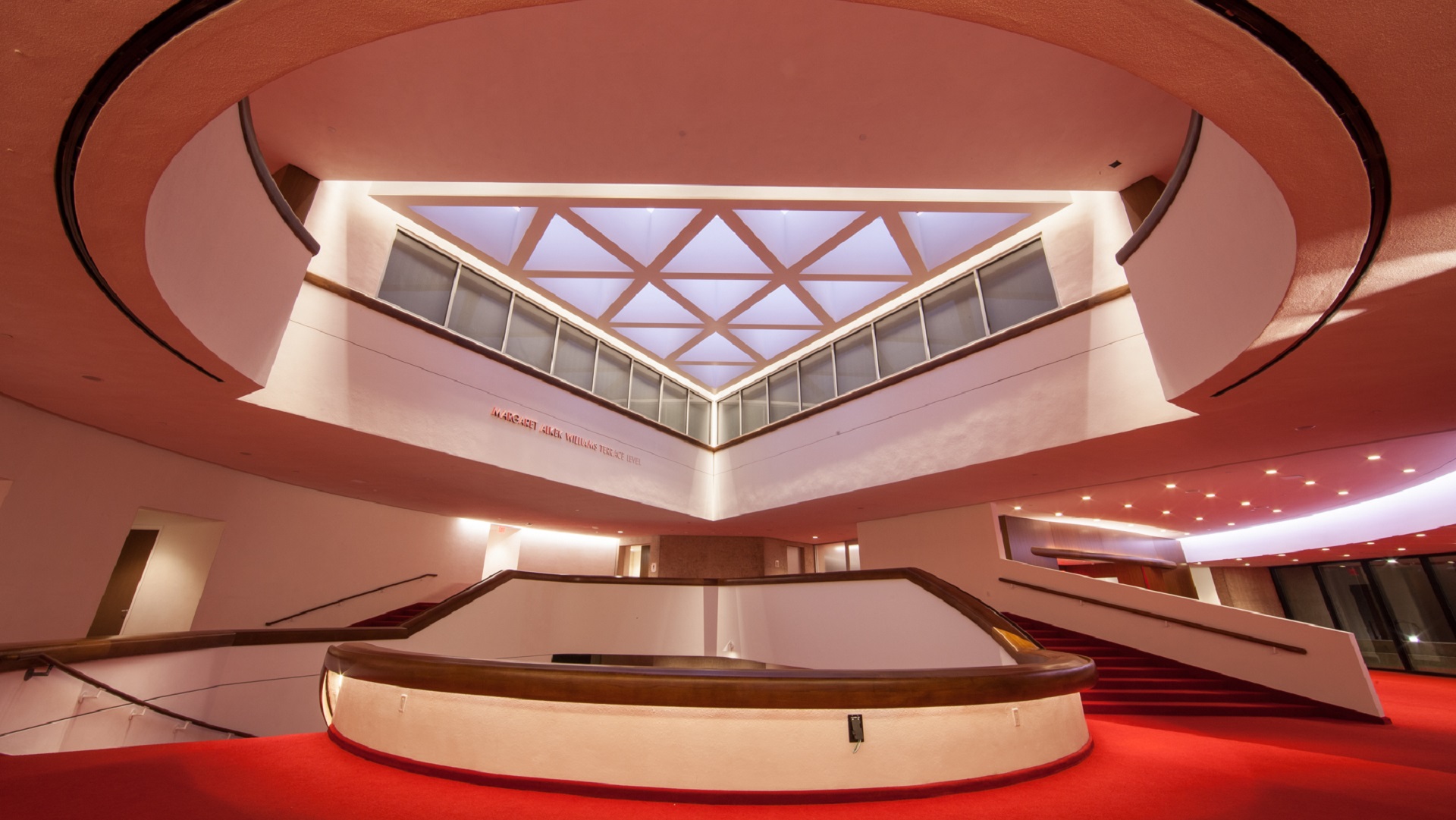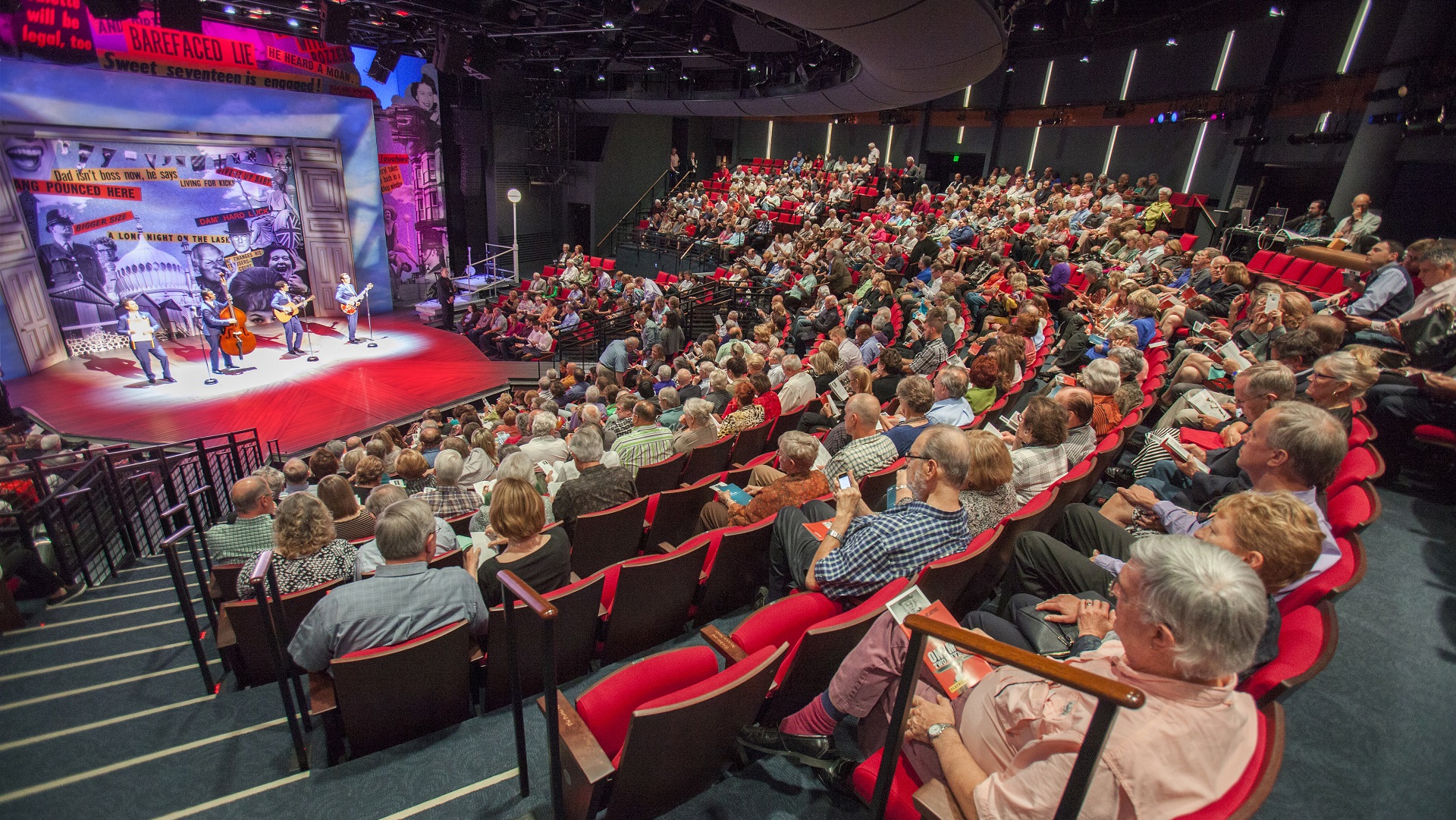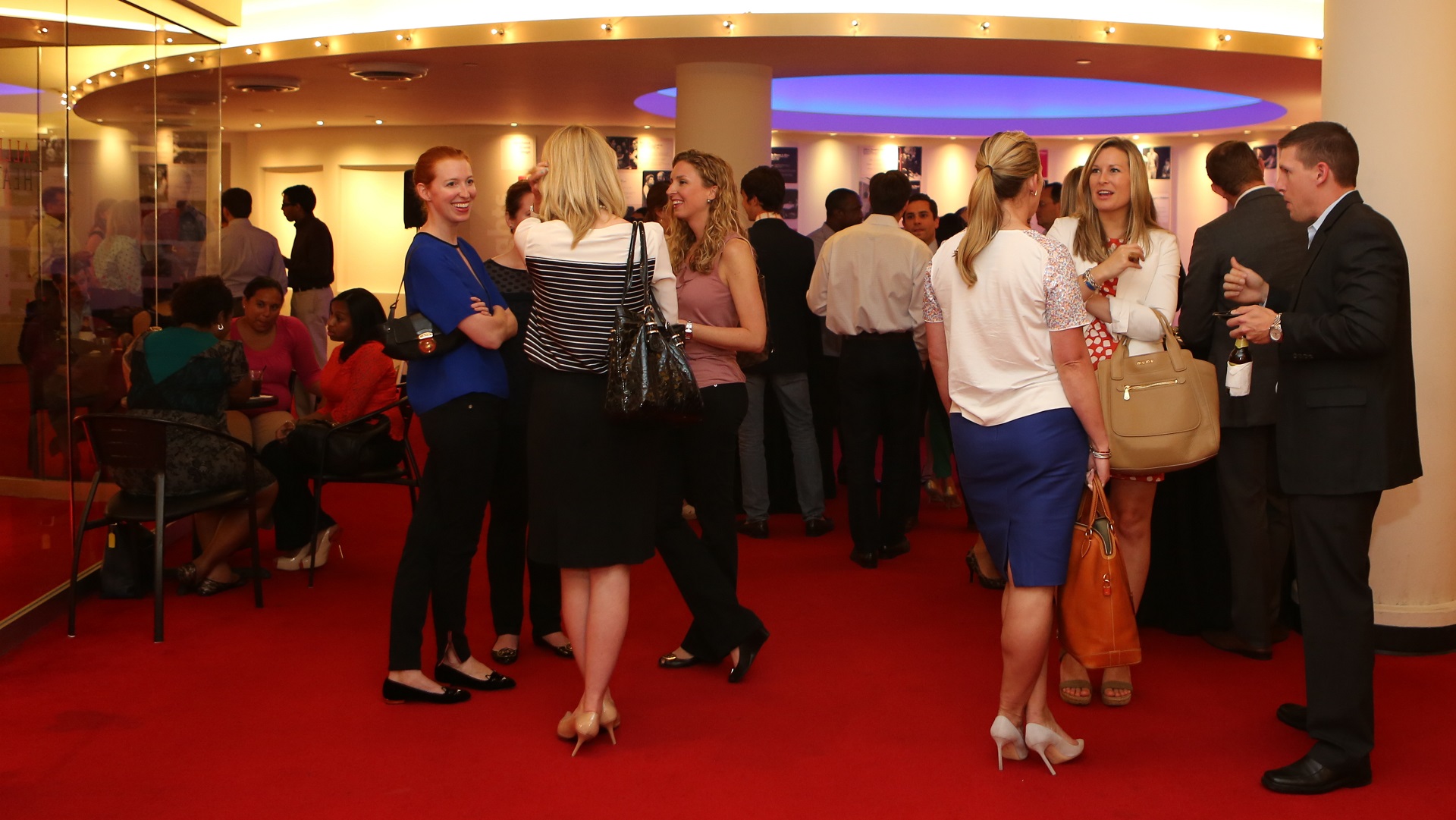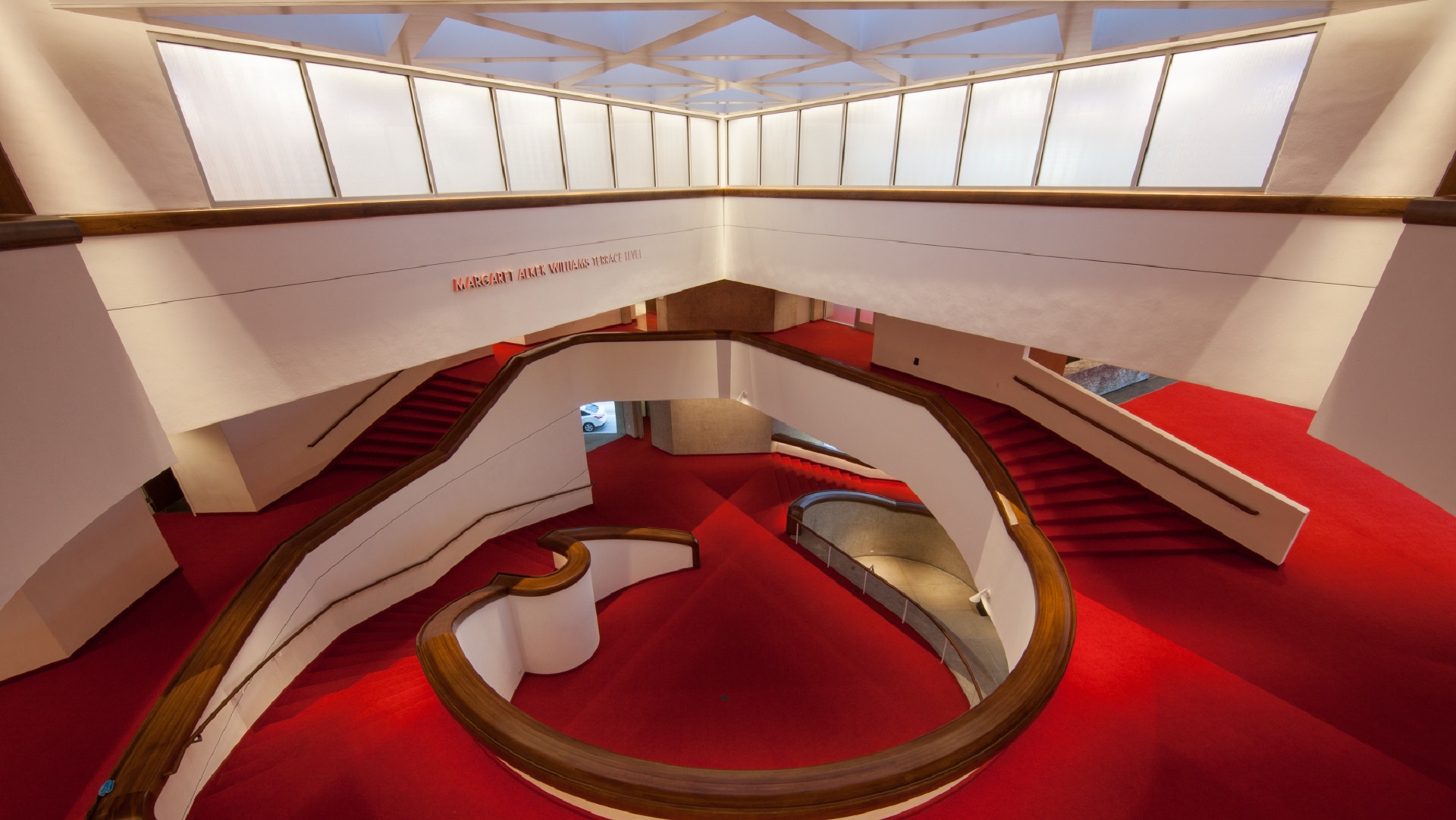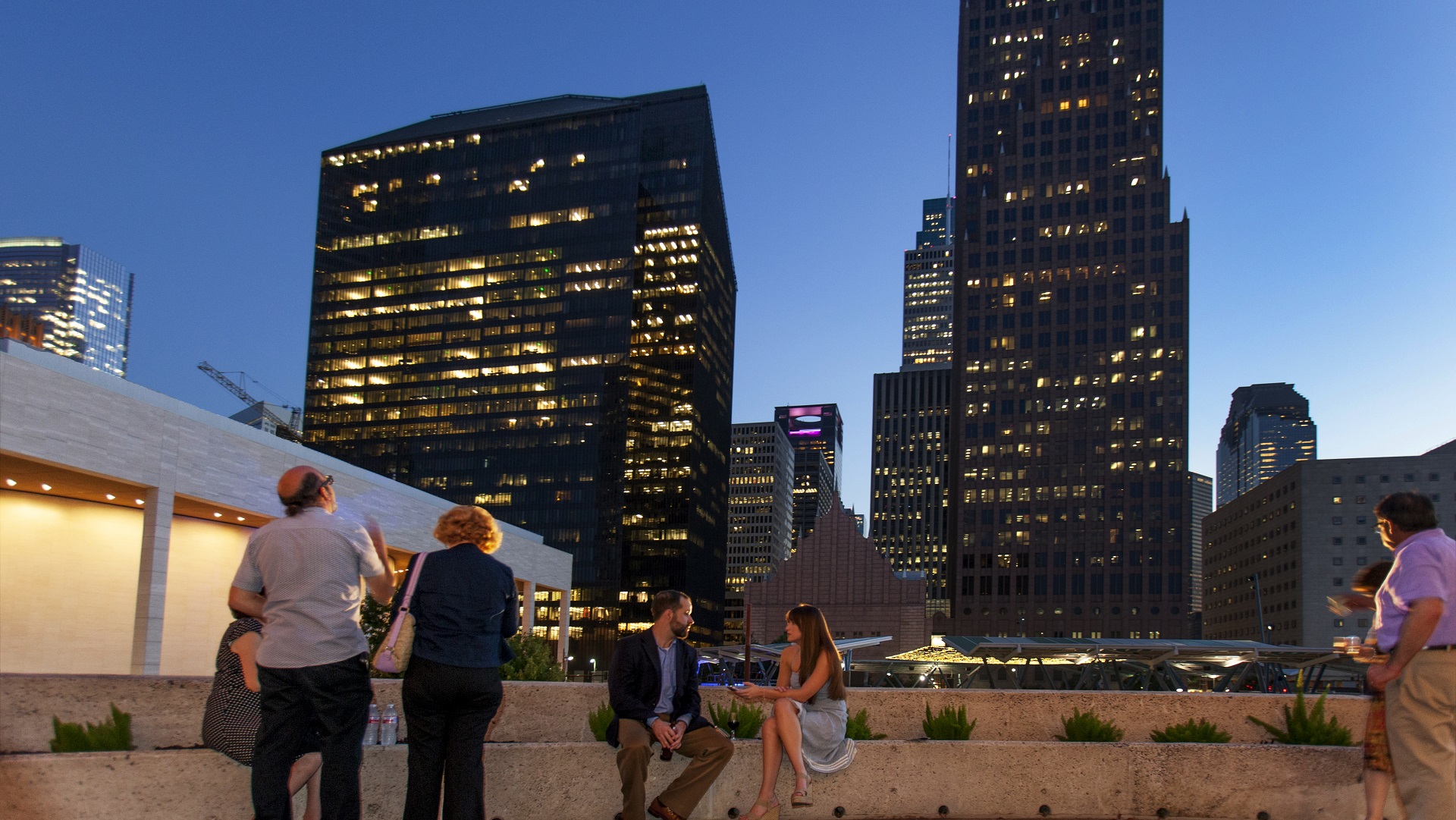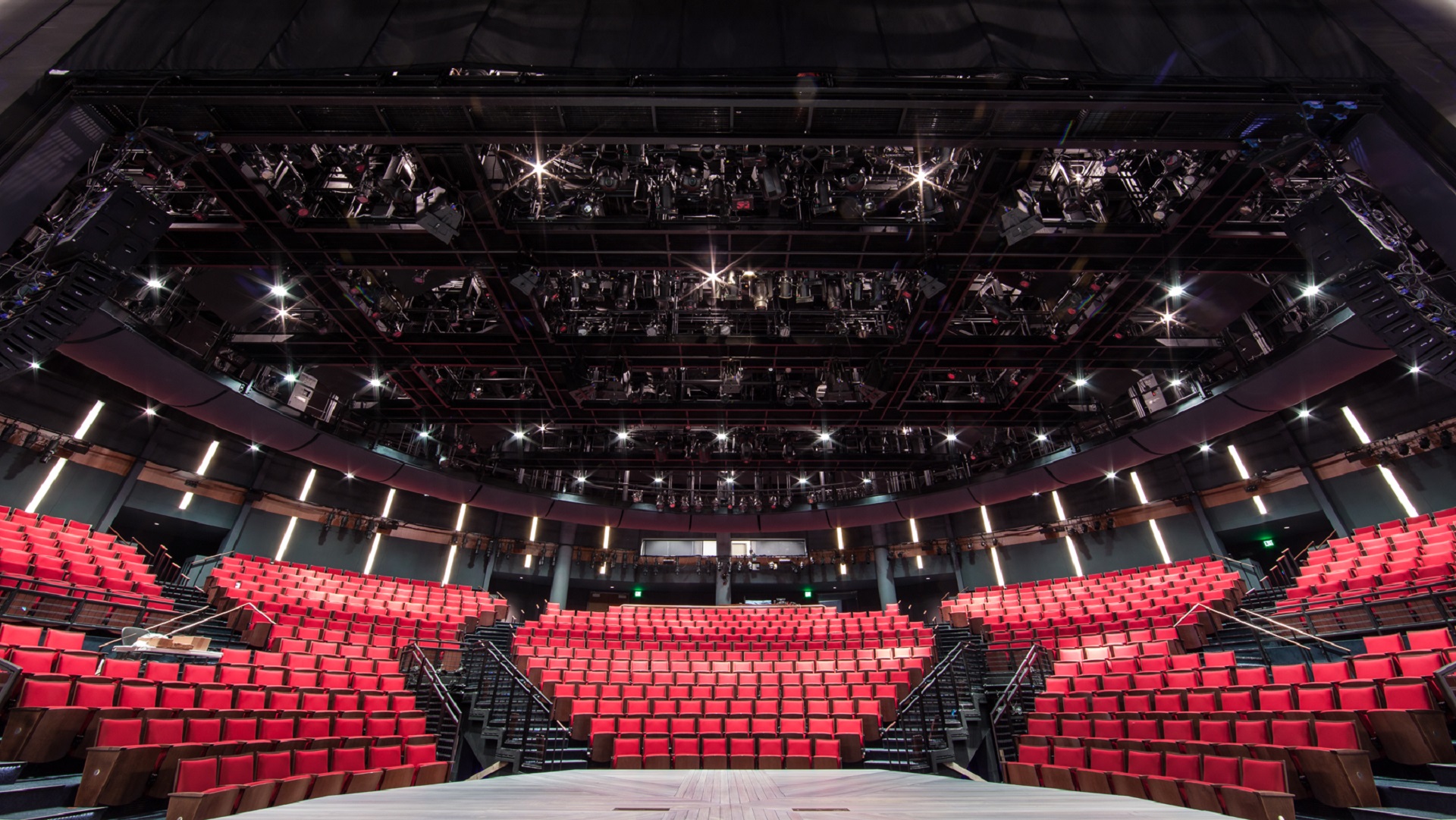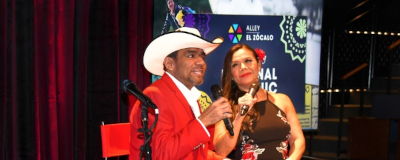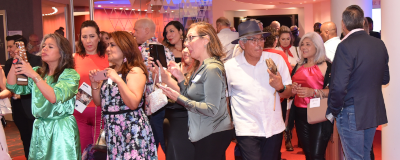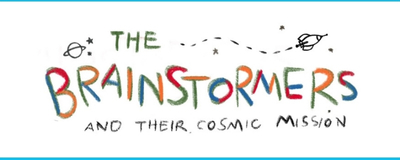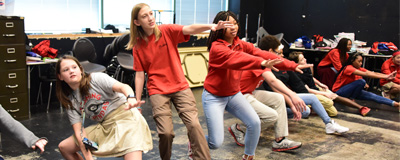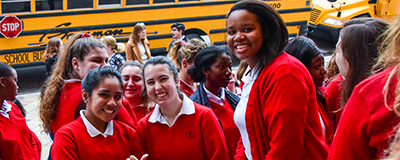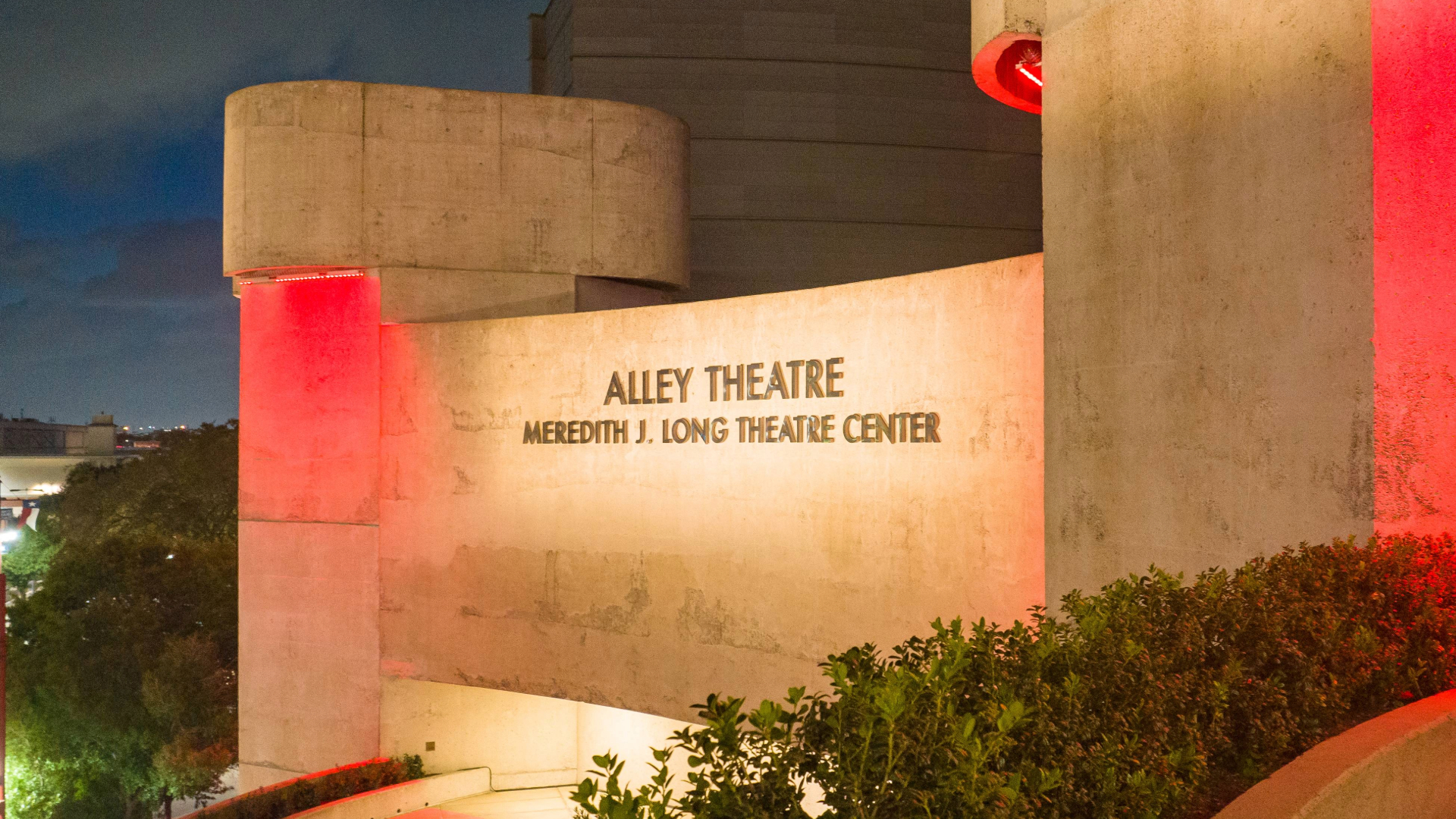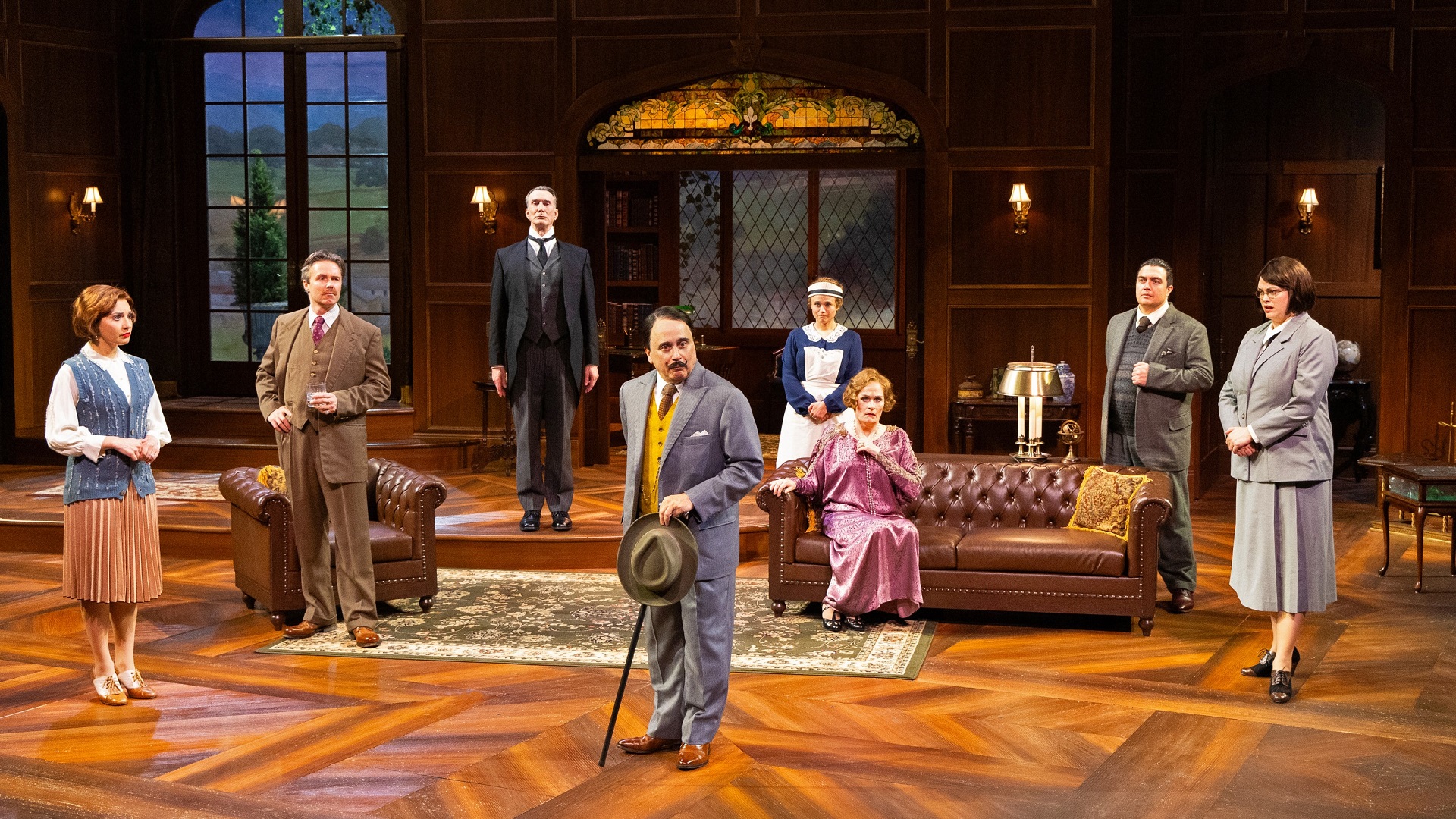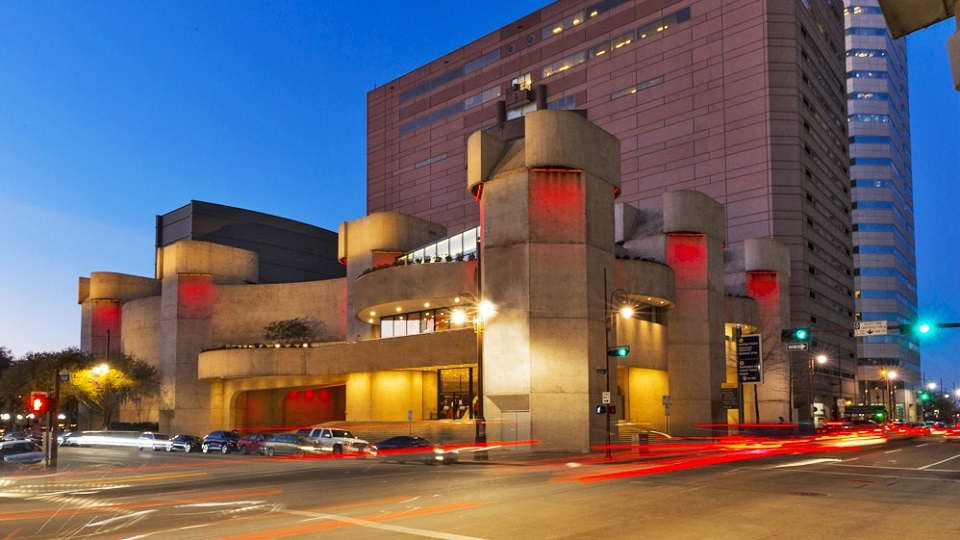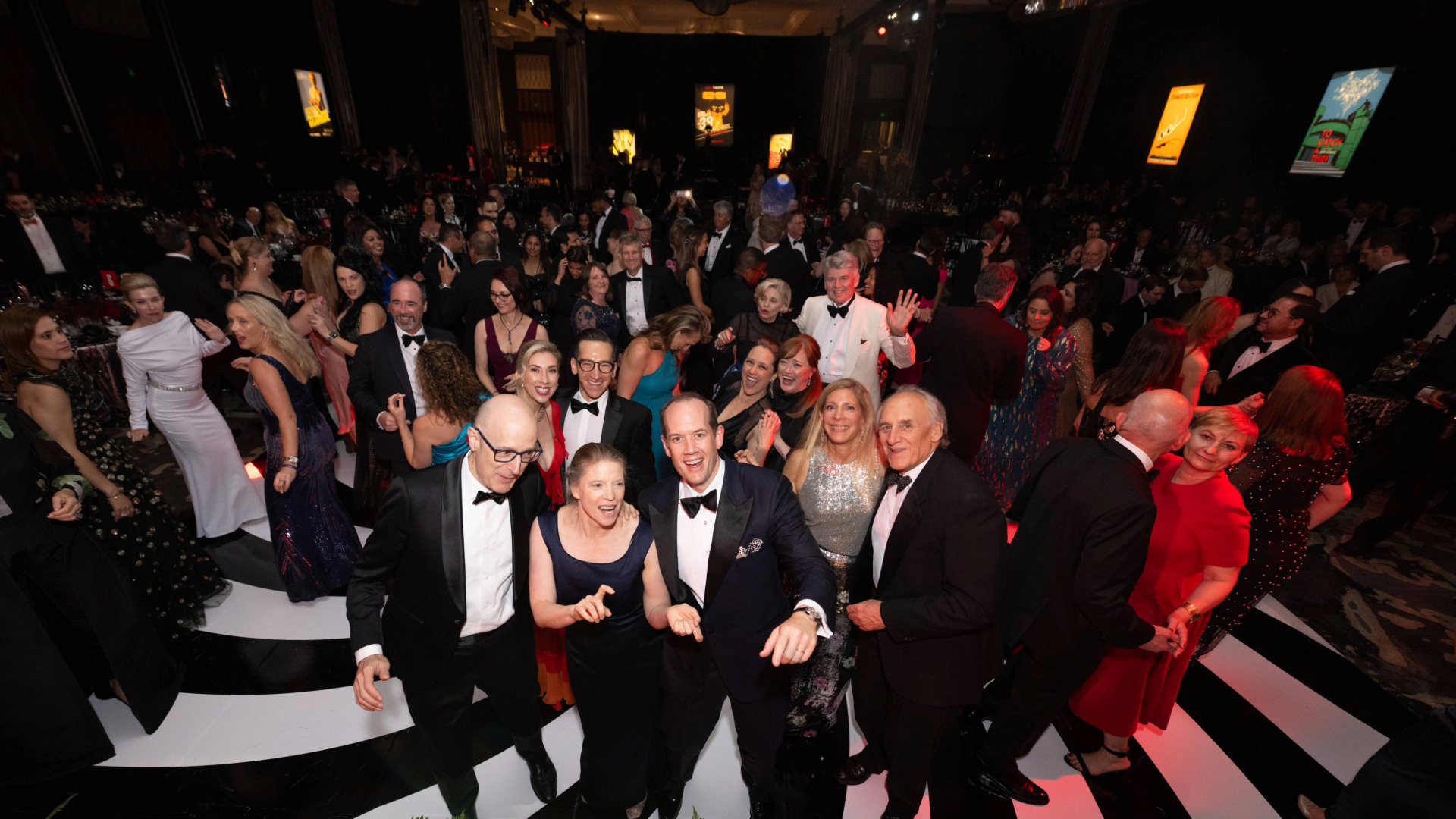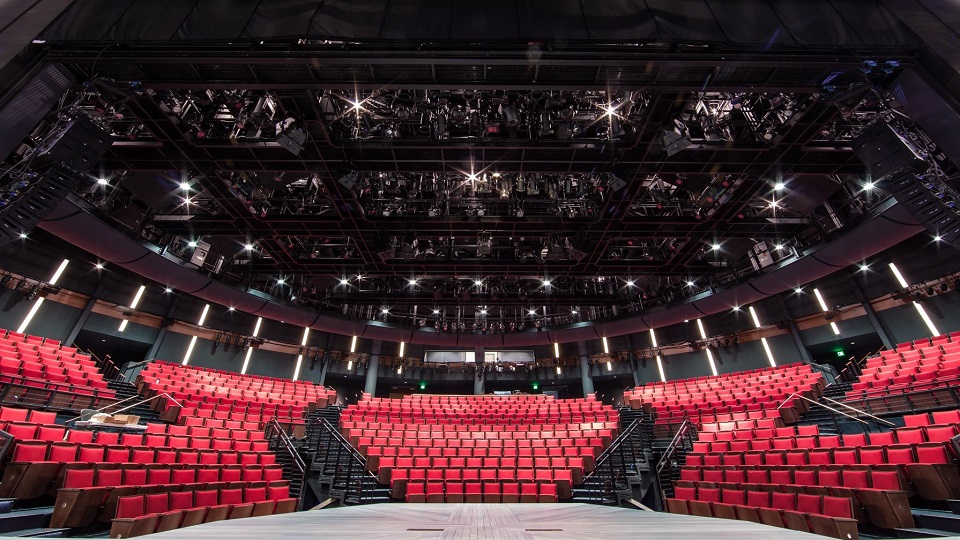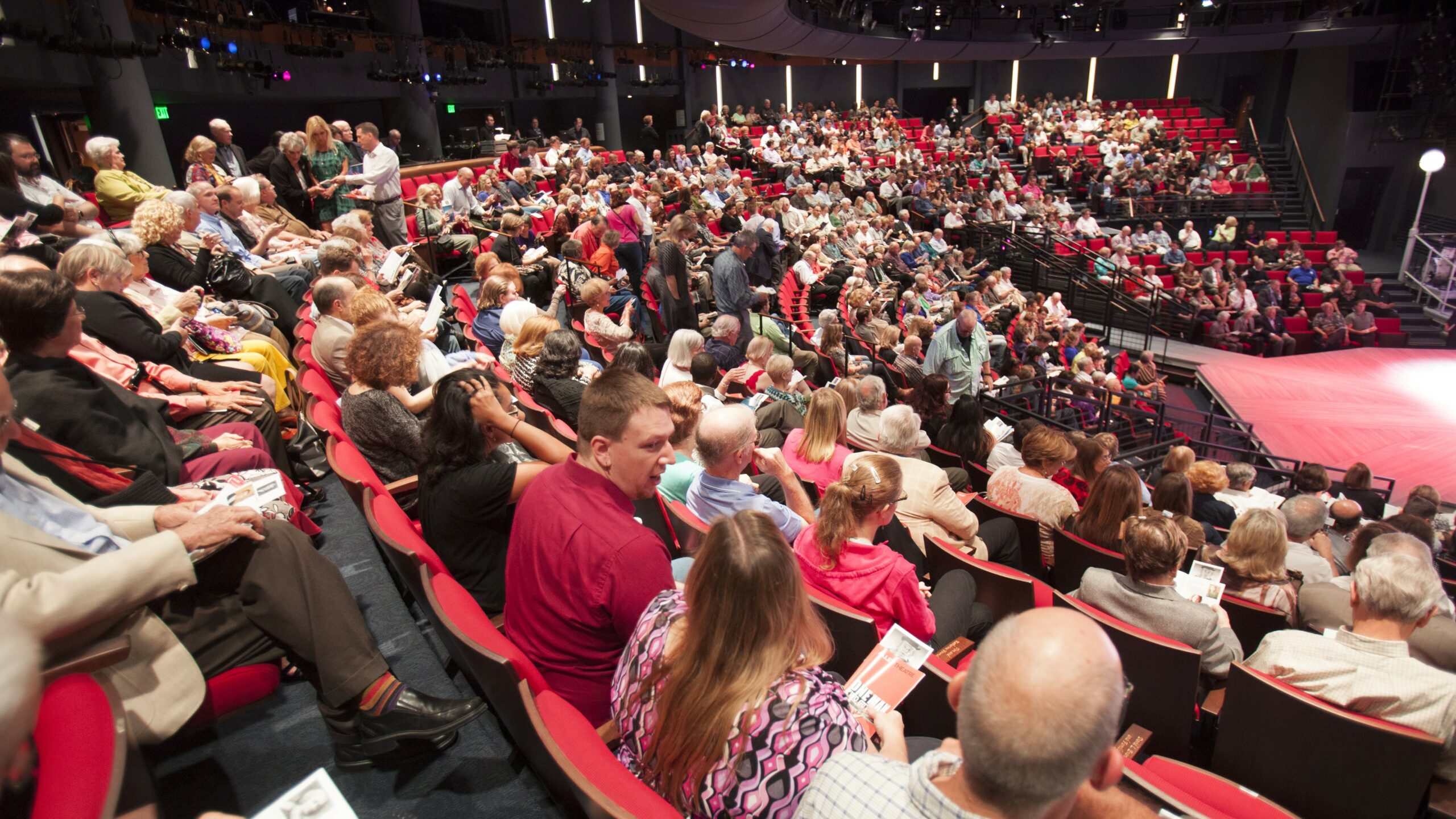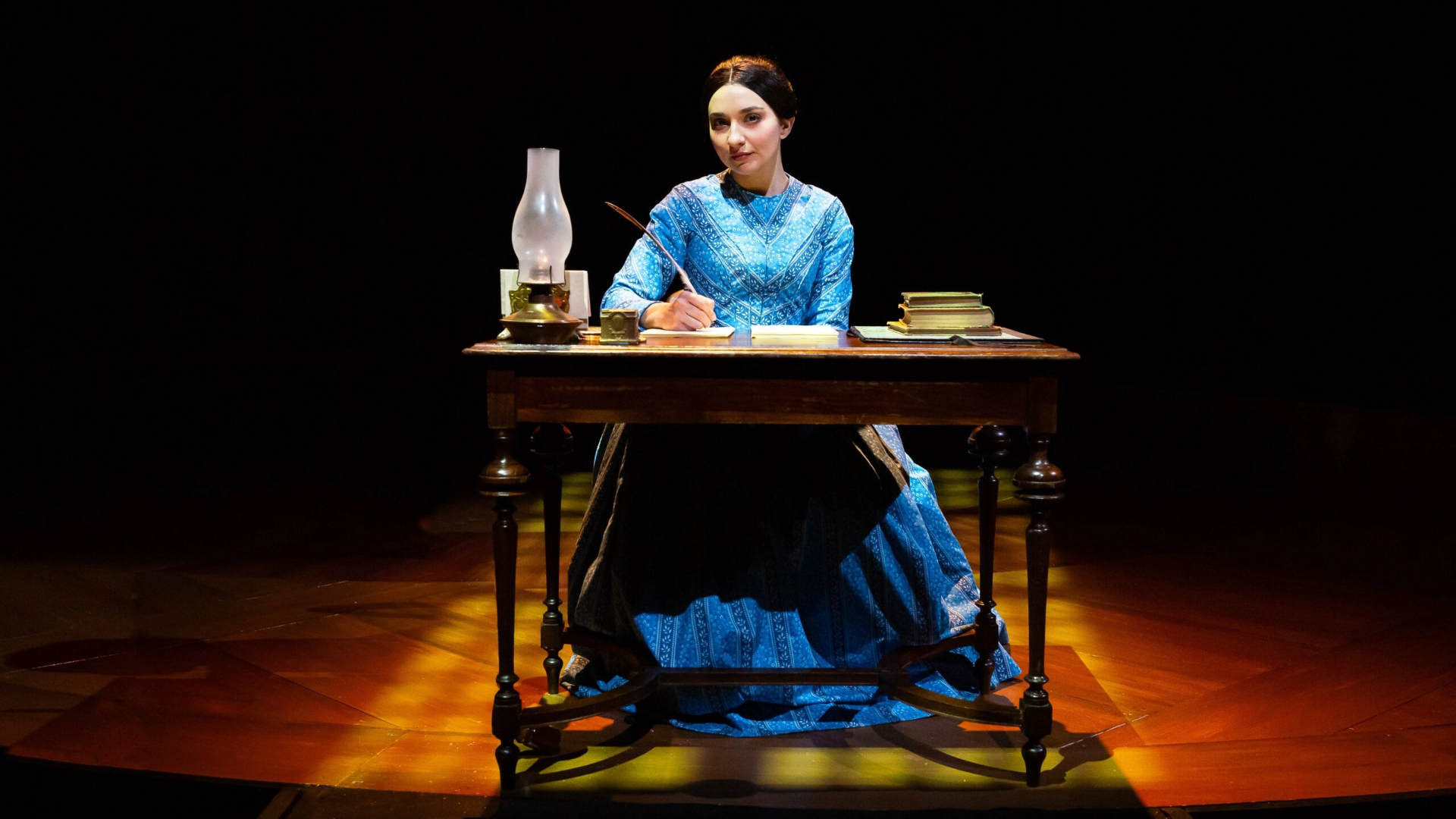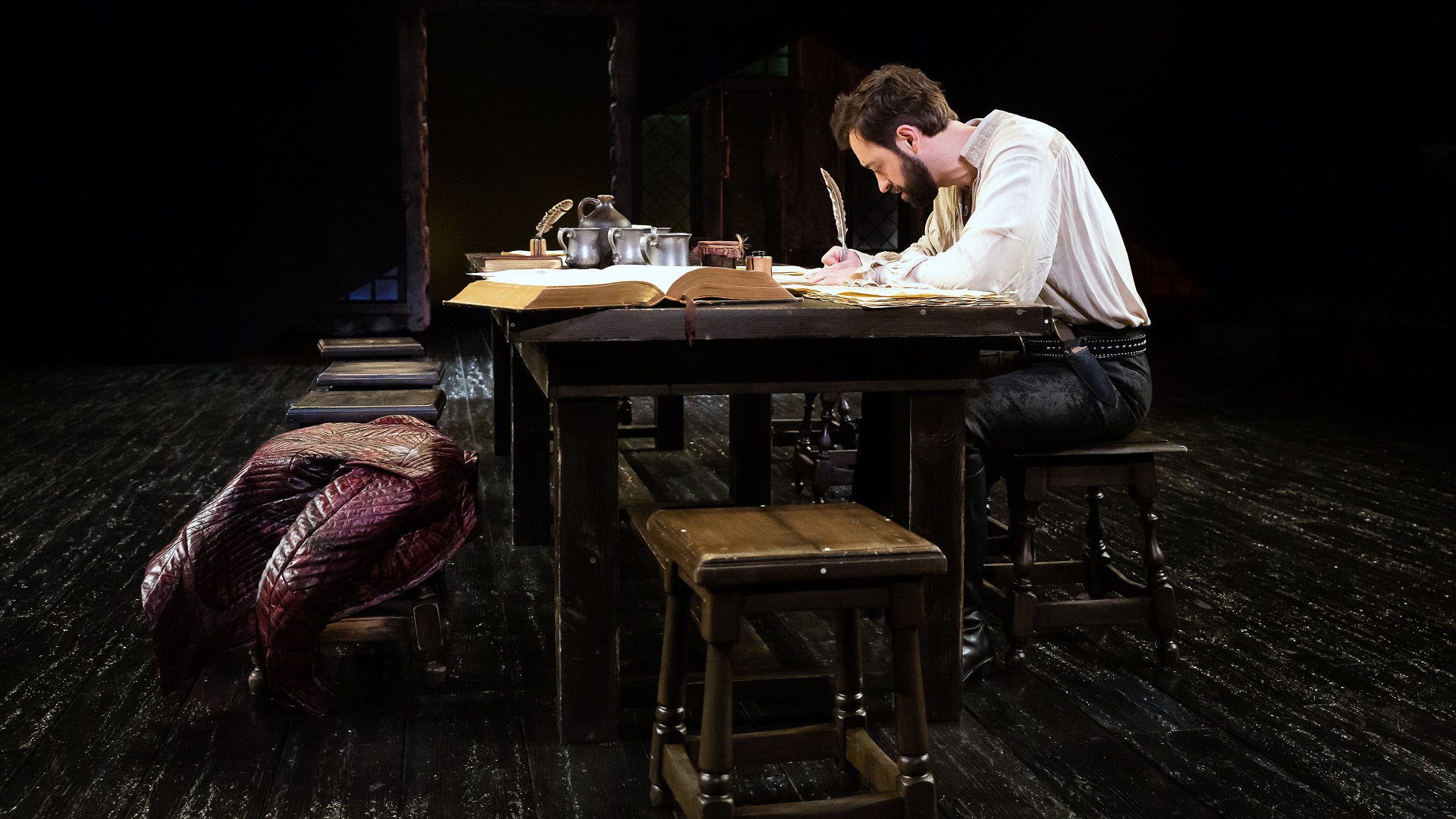Theatre Vocab 101: Stage Directions, Break a Leg, Program, Strike
New to the theatre world? Lost in the sea of foreign theatrical phrases and terms? The Alley has your back! Not only will Theatre Vocab 101 teach you the fundamental terminology of theatre, but it will also give you the best understanding of what goes on at the Alley. Today’s words are stage directions, “break a leg”, program, and strike.
Stage Directions
Stage directions refer to the location and movement of actors on stage, as well as the layout of the performance space. While they help actors know where to move, stand, and exit, they also help everyone involved in a production understand where actions should take place. Here’s a breakdown of the main stage directions:
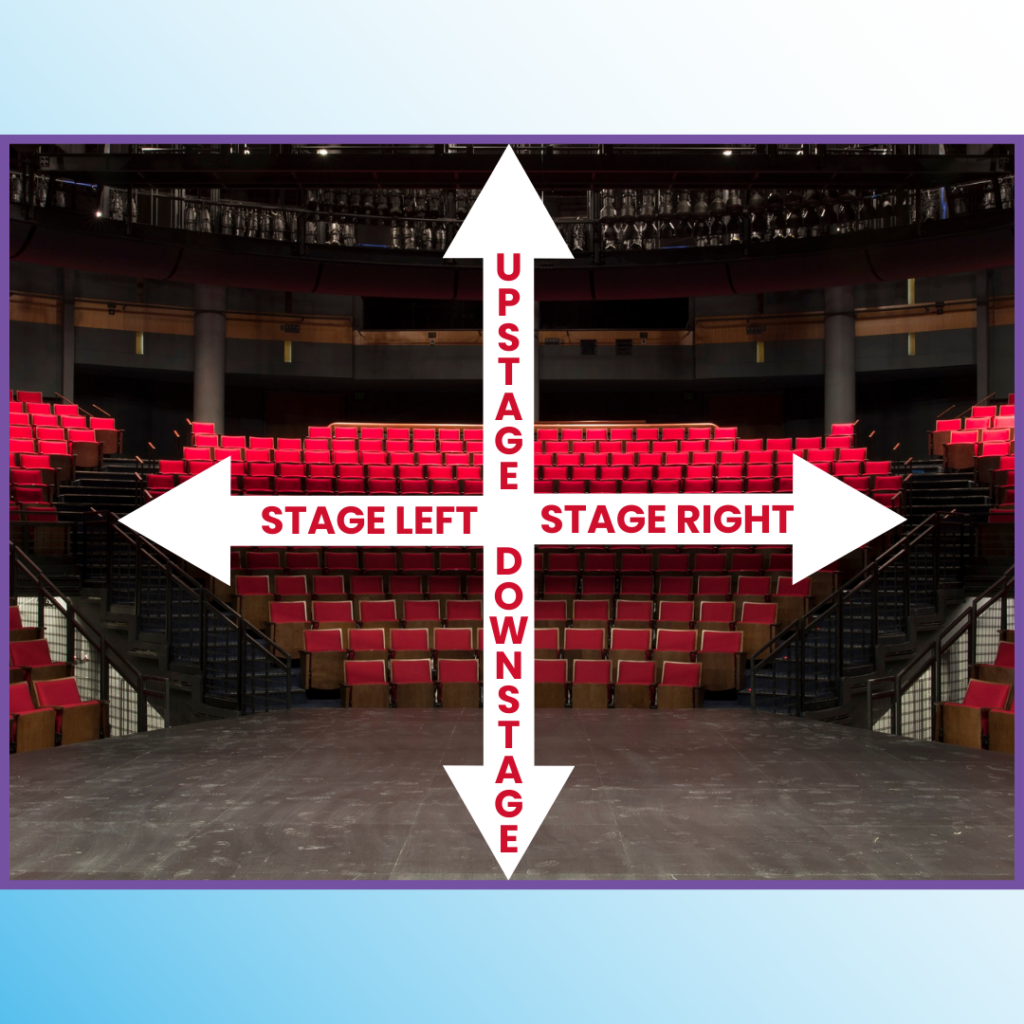
Stage Left: If the actor is facing the audience, this area of the stage is to their left. So, it’s to the right from the audience’s perspective.
Stage Right: If the actor is facing the audience, this area of the stage is to their right. So, it’s to the left from the audience’s perspective.
Upstage: The area of the stage farthest from the audience – the back part of the stage.
Downstage: The area of the stage closest to the audience – the front part of the stage.
Center Stage: The middle of the stage.
Break a Leg
“Break a leg” is how you wish someone luck in theatre! Although a seemingly negative phrase, it is meant to encourage a great performance. It is actually bad luck to directly wish someone luck in theatre, so “break a leg” functions as reverse psychology and is used to avoid jinxing the performance.
Program
In theatre, a program is a printed (or sometimes digital) booklet distributed to an audience before a show. It provides information about the show you’re about to see – listing the personnel involved in the production (cast, crew, staff, etc.), the details of the production (playwright, synopsis, etc.), acknowledgments, and information about the theatre itself. Aside from giving audiences a deeper understanding of the performance and its creators, programs serve as a souvenir of the theatre experience.
Strike
Strike refers to the process of dismantling a show after its run. After the final performance of a show, the set is broken down, props and costumes are removed, technical equipment are stored away, and the space is inspected to ensure that everything is in order. Strike is a crucial part of the production process – ensuring that the theatre space is properly prepared for the next show. This effort involves the entire crew.
